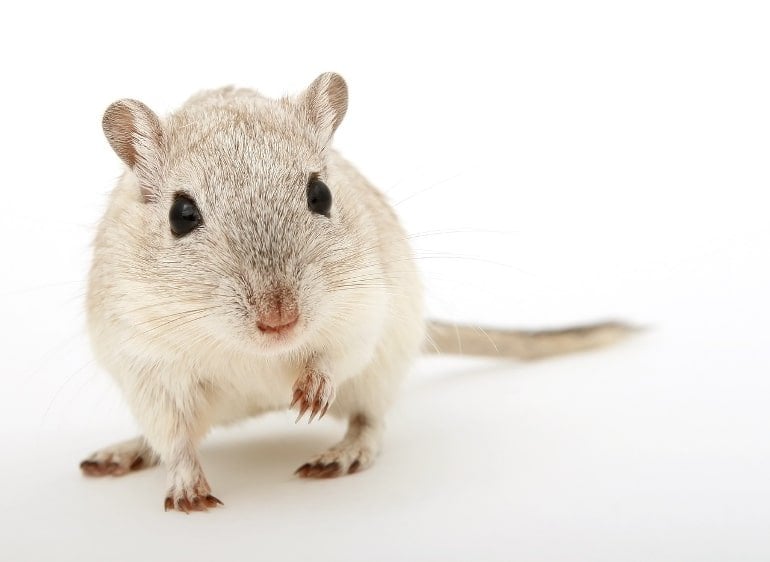Summary: Using the genetic material from two male mice, researchers were able to successfully create baby mice. The advancement may eventually enable same-sex partners to have their own biological children.
Source: Neuroscience News
In a groundbreaking experiment, scientists successfully created baby mice using genetic material from two male mice.
The research, published in the journal Nature, has raised hopes that the technique could eventually be used to help same-sex human couples have biological children.
However, the researchers caution that it is still a long way from being applicable to humans and much more work needs to be done before the technique could be used.
The technique used in the study is highly complex and involves several stages. First, the scientists took skin cells from the tails of male mice and transformed them into “induced pluripotent stem cells”. These cells can then be transformed into any type of cell in the body.
Next, the researchers grew the stem cells in the lab and treated them with a drug that converted the male mouse stem cells into female cells. These female cells were then used to create functional egg cells, which were fertilized and implanted into female mice. Only 1% of the embryos – just 7 out of 630 – survived and grew into live mouse pups.
According to the lead researcher, Katsuhiko Hayashi of Kyushu University and Osaka University in Japan, the baby mice grew normally and were able to become parents themselves in the usual way. While this is an exciting development, there are several caveats that should be kept in mind.
First, the technique is extremely inefficient, and the researchers do not know why only a tiny fraction of the embryos placed into surrogate mice survived. It is possible that the reasons could be technical or biological, and more research is needed to understand the underlying causes.

Another important issue is the possibility of mutations and errors being introduced during the process of creating eggs in the lab. This is a concern because genetic mutations can cause serious health problems, and it is not yet clear whether this new technique could introduce any genetic errors or abnormalities into the resulting offspring.
Additionally, while the researchers are excited about the possibility of using the technique to help same-sex couples have biological children, it is still a long way from being applicable to humans.
Much more work needs to be done to understand whether the technique could work in human stem cells and to address any ethical or legal issues that may arise.
Despite these caveats, the research is an important step forward in reproductive biology and stem cell research. The technique could potentially be used to help reproduce endangered animals, and it could also be used to study early embryonic development in a controlled laboratory environment.
While it is still too early to know whether the technique could be used to help same-sex couples have biological children, it is an exciting possibility that researchers will continue to explore.
Article created with the assistance of ChatGPT AI Technology
About this genetics and reproduction research news
Author: Press Office
Source: Neuroscience News
Contact: Press Office – Neuroscience News
Image: The image is in the public domain
Original Research: Open access.
“Generation of functional oocytes from male mice in vitro” by Katsuhiko Hayashi et al. Nature
Abstract
Generation of functional oocytes from male mice in vitro
Sex chromosome disorders severely compromise gametogenesis in both males and females. In oogenesis, the presence of an additional Y chromosome or the loss of an X chromosome disturbs the robust production of oocytes.
Here we efficiently converted the XY chromosome set to XX without an additional Y chromosome in mouse pluripotent stem (PS) cells.
In addition, this chromosomal alteration successfully eradicated trisomy 16, a model of Down’s syndrome, in PS cells. Artificially produced euploid XX PS cells differentiated into mature oocytes in culture with similar efficiency to native XX PS cells.
Using this method, we differentiated induced pluripotent stem cells from the tail of a sexually mature male mouse into fully potent oocytes, which gave rise to offspring after fertilization.
This study provides insights that could ameliorate infertility caused by sex chromosome or autosomal disorders, and opens the possibility of bipaternal reproduction.






